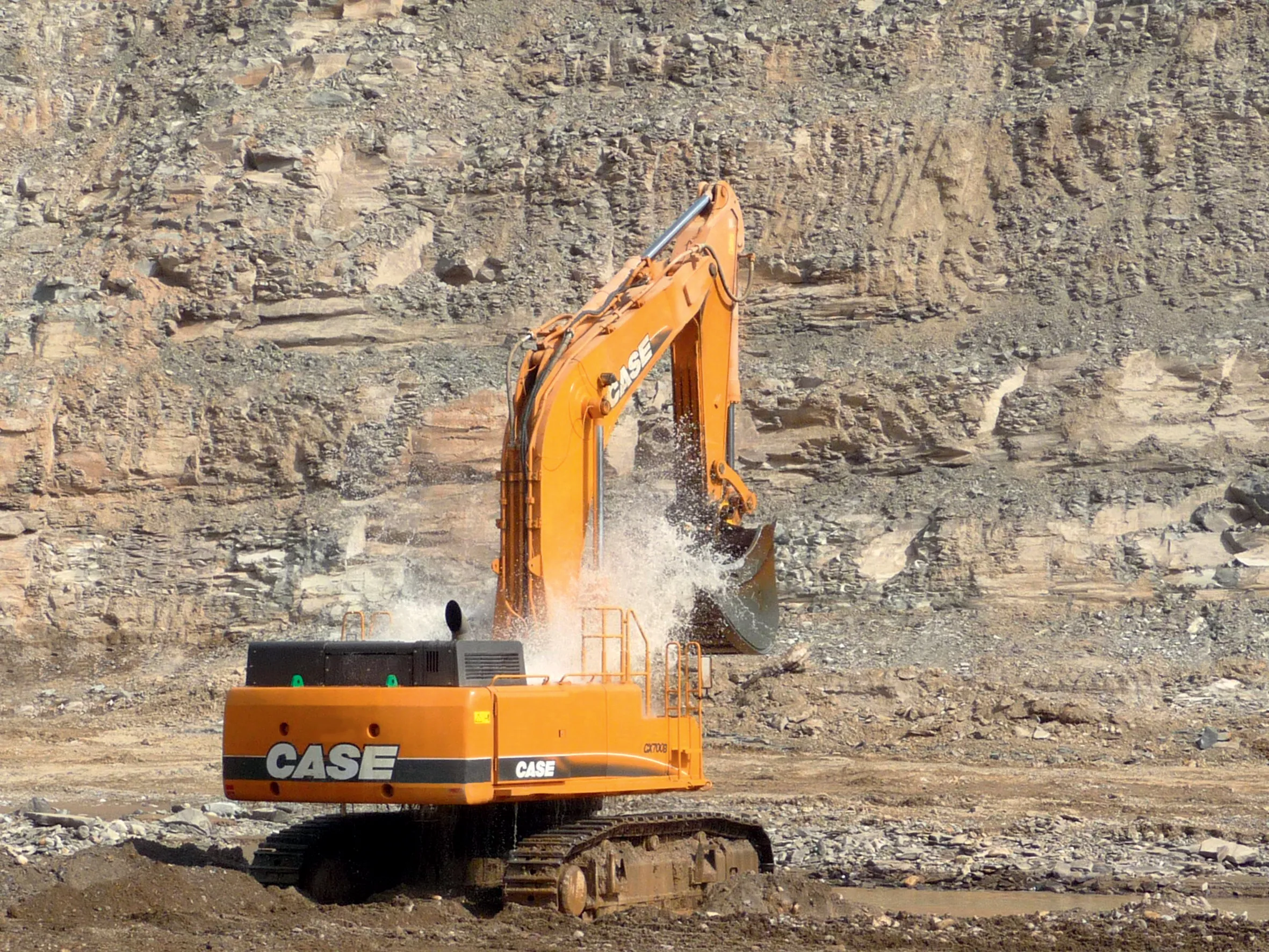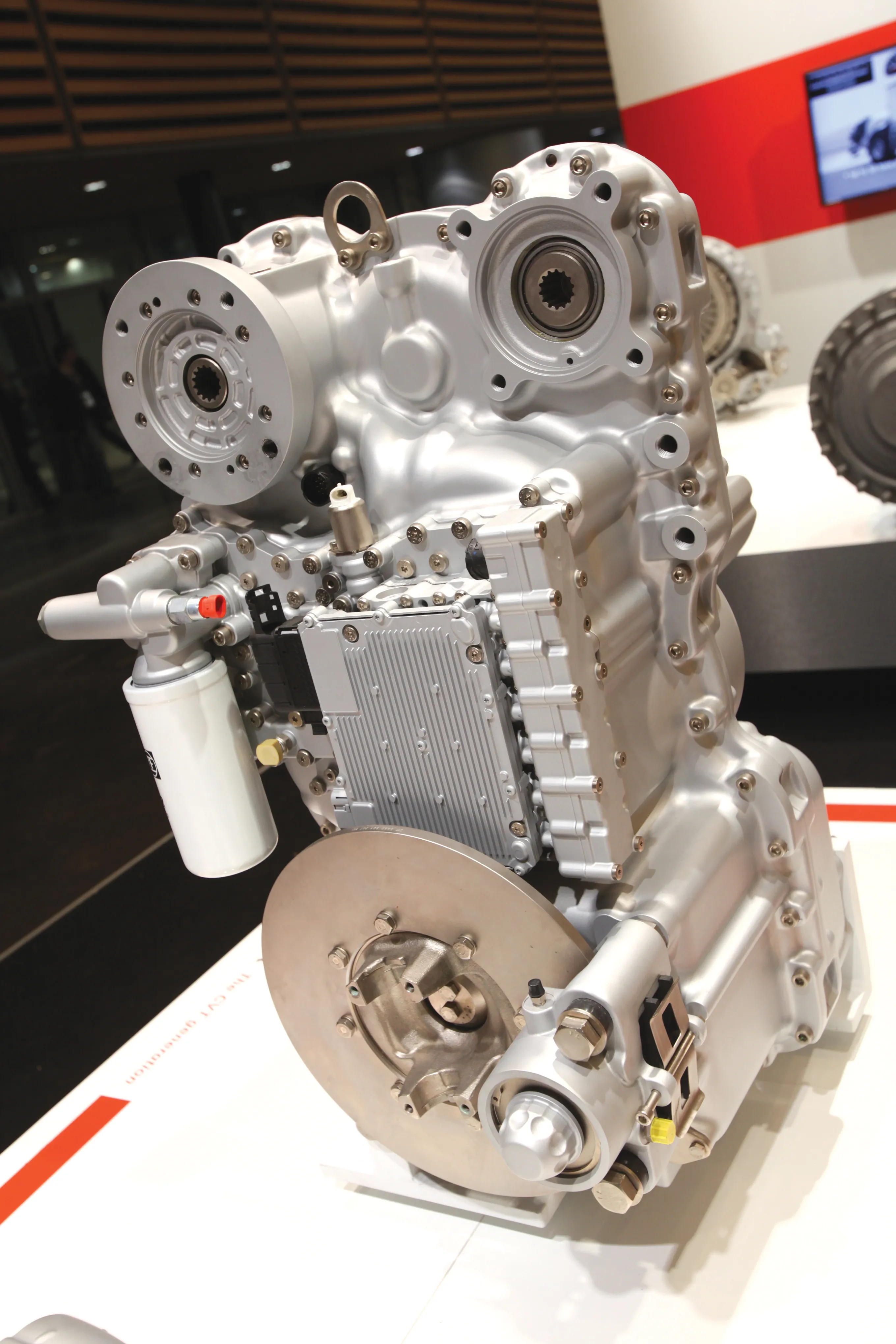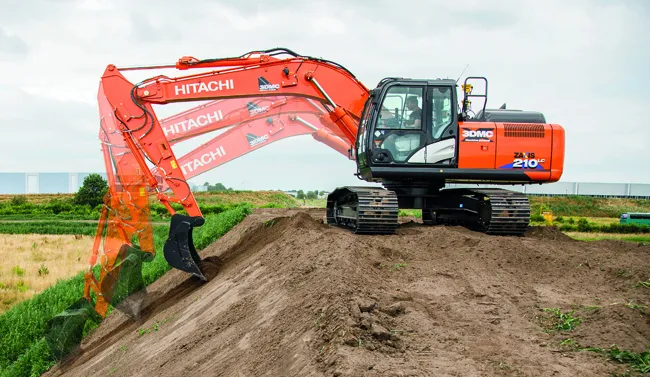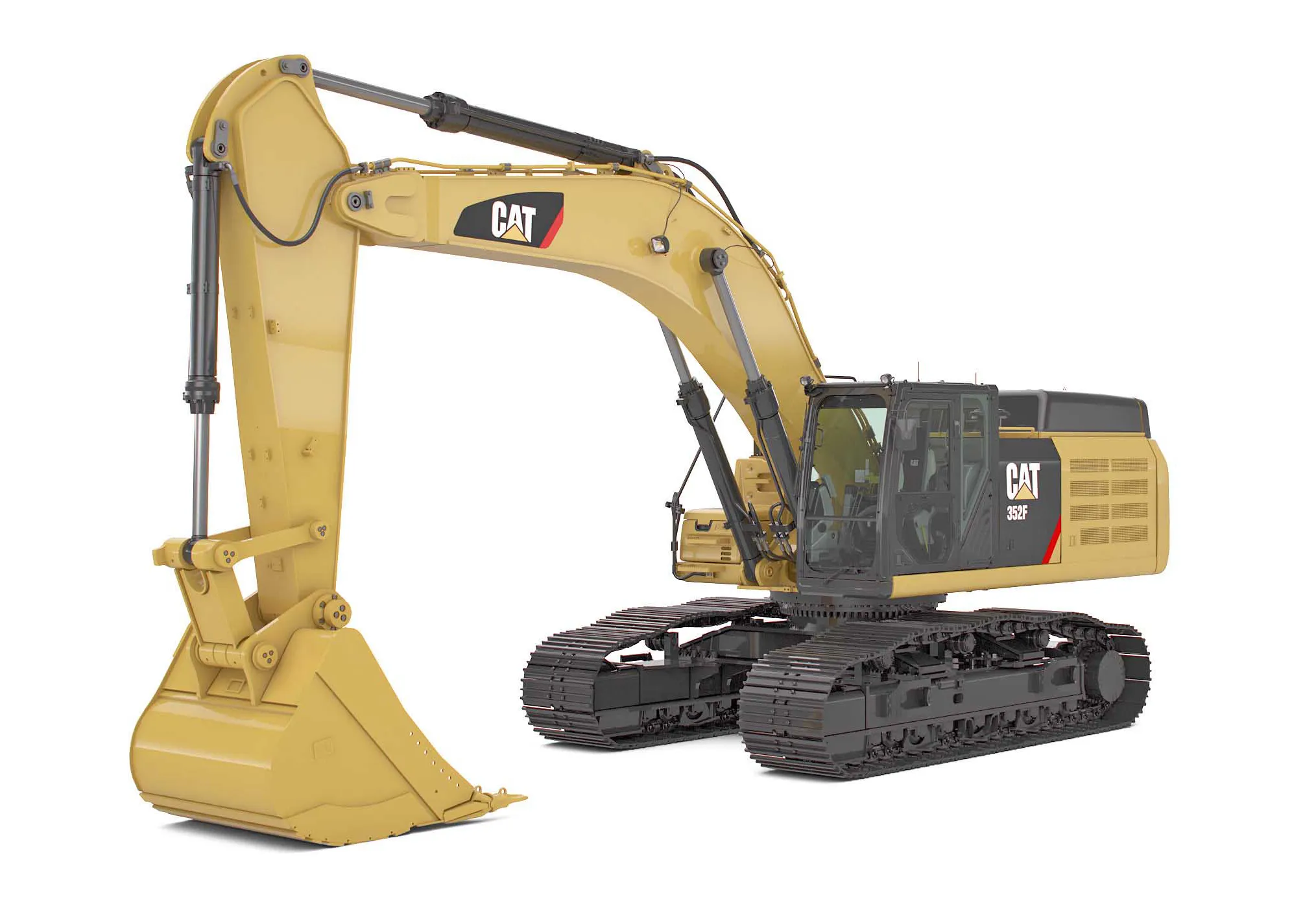Several manufacturers are offering improved earthmoving machines, with more to come - Mike Woof reports One of the most notable developments comes from Caterpillar, with the unveiling of a hybrid excavator in the shape of its 336E H model. The machine is having its public launch at the bauma exhibition in Spring 2013 and will start rolling out of the factory in March 2013, while customers will be able to place orders from February 2013.
Unlike other hybrid excavators on the market at present, the Cat 336E
January 17, 2013
Read time: 5 mins
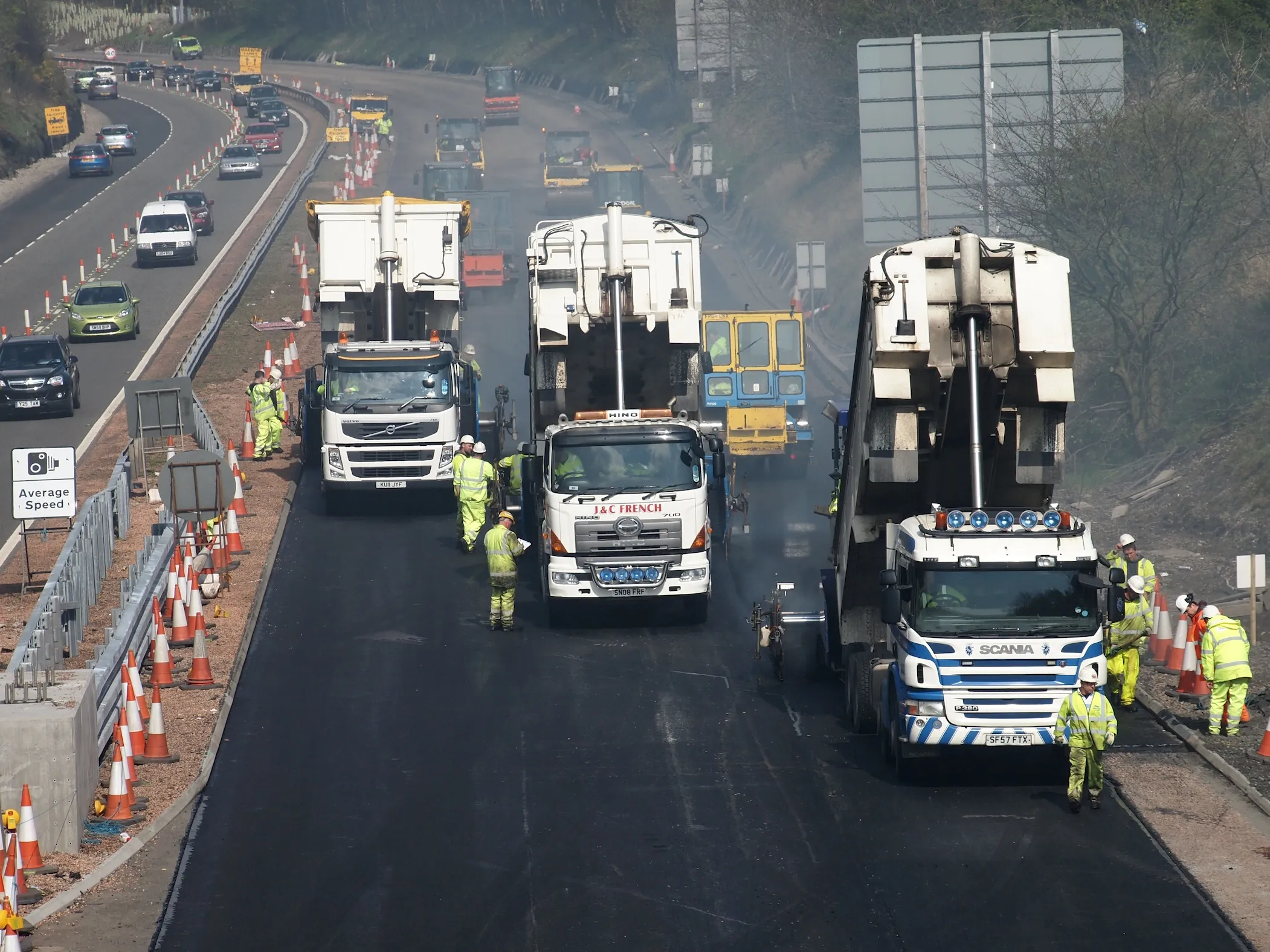
Several manufacturers are offering improved earthmoving machines, with more to come - Mike Woof reports
One of the most notable developments comes from178 Caterpillar, with the unveiling of a hybrid excavator in the shape of its 336E H model. The machine is having its public launch at the bauma exhibition in Spring 2013 and will start rolling out of the factory in March 2013, while customers will be able to place orders from February 2013.
Unlike other hybrid excavators on the market at present, the Cat 336E H uses a novel hydraulic hybrid system that has been developed by Caterpillar.
Although various firms have worked on hybrid machines arch rival2300 Komatsu was the first excavator manufacturer to introduce a hybrid excavator to the market. This 21tonne class machine features an electric drive for its slew motions, and uses electric retardation to slow down at the end of the swing movement. Energy recovered from this is stored in a capacitor and then released into the electric slew drive as the operator makes the next swing movement. The Komatsu machine is now in its second generation and has been commercially successful in a number of markets, particularly China where high fuel costs make its fuel economy in truck loading cycles highly desirable. Hyundai now offers a hybrid excavator also, and this features a similar electric swing drive and capacitor array to the Komatsu model. Both the Komatsu and Hyundai machines offer major savings on fuel of up to 25% if used in truck loading applications where productivity relies on fast slewing cycles.
However, Caterpillar’s hybrid excavator represents a radical departure in that it uses hydraulics to conserve and store energy, which means its fuel savings are not limited to intensive truck loading duties. “A hybrid is independent of any particular technology, it doesn’t have to be electric,” explained Ken Gray, global product manager for large hydraulic excavators for Caterpillar’s Excavation Division. “There are many ways to store and reuse energy, including our patented hydraulic hybrid system featured on the Cat 336E H.”
He explained that the firm has tested various systems but opted for this particular concept believing it to be the most versatile and adaptable to different working cycles. Gray said, “Caterpillar has developed, built, and tested electric hybrid excavators but, until now, we had not found a hybrid approach that would actually lower our customers’ owning and operating costs. Large excavators operate in high-production applications in which fuel is a very significant operating cost for our customers. So, the 336E H, the hybrid version of our workhorse 336E, is ideal for introducing our new hydraulic hybrid technology, with more than 300 filed patents.”
Stored hydraulic power has been used in machines for some time and Caterpillar has offered machines that recirculate hydraulic power from boom movements in the past. Re-using hydraulic power is also a concept seen in the hydraulic breaker market by a number of the leading firms. But Caterpillar has taken the concept somewhat further with the highly innovative 336E H excavator. And the firm is making notable claims for this machine’s performance, with fuel savings of around 50% over the earlier 336D model.
According to Caterpillar, The 336E H uses up to 25% less fuel compared to a standard 336E, and up to 33% less fuel than the 330/336D. This new machine benefits three key concepts that conserve, optimise and reuse power and are integrated together to maximise fuel savings in a variety of duties. Even in low-intensity swing cycles, customers will still benefit from significant fuel savings because of the conserve and optimise technologies.
Gray said, “No other commercially available technology has higher power density than hydraulics, and that’s why we selected a hydraulic solution to help our customers achieve substantial fuel savings. The 336E H
also meets stringent Tier 4 Interim/Stage IIIB emissions standards. It is extraordinarily quiet, too, and they will sacrifice nothing in terms of performance, power, force, speed or production.”
Gary Stampanato, vice president of Caterpillar’s Excavation Division said, “The 336E H is a game-changer. Customers aren’t going to choose the 336E H simply because it is sustainable. They will select it because it actually lowers their owning and operating costs, and maintains the performance of our industry leader, the 336E.”
However, while this machine features hydraulic hybrid technology, Caterpillar is also investing in parallel development of electric hybrid systems. Tana Utley, Caterpillar’s chief technology officer and vice president of the Product Development and Global Technology Division said, “We’re also continuously working on innovations that we anticipate will meet their future needs. That’s why we’re continuing our research and development in electric hybrid technology too, which actually began our hybrid development path several years ago. I am absolutely confident our engineers will continue to discover and develop the best hybrid approaches for Caterpillar’s extensive line of equipment and applications, whether that’s some form of hydraulic or electric hybrid system or something as of yet unknown.”2 Internal <?xml version="1.0" encoding="utf-16"?><dictionary /> 2 11560 0 oLinkInternal <span class="oLinkInternal"><span class="oLinkInternal">View more videos</span></span> Video false /event-news/bauma-2013/video/ true false %>
One of the most notable developments comes from
Unlike other hybrid excavators on the market at present, the Cat 336E H uses a novel hydraulic hybrid system that has been developed by Caterpillar.
Although various firms have worked on hybrid machines arch rival
However, Caterpillar’s hybrid excavator represents a radical departure in that it uses hydraulics to conserve and store energy, which means its fuel savings are not limited to intensive truck loading duties. “A hybrid is independent of any particular technology, it doesn’t have to be electric,” explained Ken Gray, global product manager for large hydraulic excavators for Caterpillar’s Excavation Division. “There are many ways to store and reuse energy, including our patented hydraulic hybrid system featured on the Cat 336E H.”
He explained that the firm has tested various systems but opted for this particular concept believing it to be the most versatile and adaptable to different working cycles. Gray said, “Caterpillar has developed, built, and tested electric hybrid excavators but, until now, we had not found a hybrid approach that would actually lower our customers’ owning and operating costs. Large excavators operate in high-production applications in which fuel is a very significant operating cost for our customers. So, the 336E H, the hybrid version of our workhorse 336E, is ideal for introducing our new hydraulic hybrid technology, with more than 300 filed patents.”
Stored hydraulic power has been used in machines for some time and Caterpillar has offered machines that recirculate hydraulic power from boom movements in the past. Re-using hydraulic power is also a concept seen in the hydraulic breaker market by a number of the leading firms. But Caterpillar has taken the concept somewhat further with the highly innovative 336E H excavator. And the firm is making notable claims for this machine’s performance, with fuel savings of around 50% over the earlier 336D model.
According to Caterpillar, The 336E H uses up to 25% less fuel compared to a standard 336E, and up to 33% less fuel than the 330/336D. This new machine benefits three key concepts that conserve, optimise and reuse power and are integrated together to maximise fuel savings in a variety of duties. Even in low-intensity swing cycles, customers will still benefit from significant fuel savings because of the conserve and optimise technologies.
Gray said, “No other commercially available technology has higher power density than hydraulics, and that’s why we selected a hydraulic solution to help our customers achieve substantial fuel savings. The 336E H
also meets stringent Tier 4 Interim/Stage IIIB emissions standards. It is extraordinarily quiet, too, and they will sacrifice nothing in terms of performance, power, force, speed or production.”
Gary Stampanato, vice president of Caterpillar’s Excavation Division said, “The 336E H is a game-changer. Customers aren’t going to choose the 336E H simply because it is sustainable. They will select it because it actually lowers their owning and operating costs, and maintains the performance of our industry leader, the 336E.”
However, while this machine features hydraulic hybrid technology, Caterpillar is also investing in parallel development of electric hybrid systems. Tana Utley, Caterpillar’s chief technology officer and vice president of the Product Development and Global Technology Division said, “We’re also continuously working on innovations that we anticipate will meet their future needs. That’s why we’re continuing our research and development in electric hybrid technology too, which actually began our hybrid development path several years ago. I am absolutely confident our engineers will continue to discover and develop the best hybrid approaches for Caterpillar’s extensive line of equipment and applications, whether that’s some form of hydraulic or electric hybrid system or something as of yet unknown.”
www.google.com
Stand: 45678
%$Linker:

